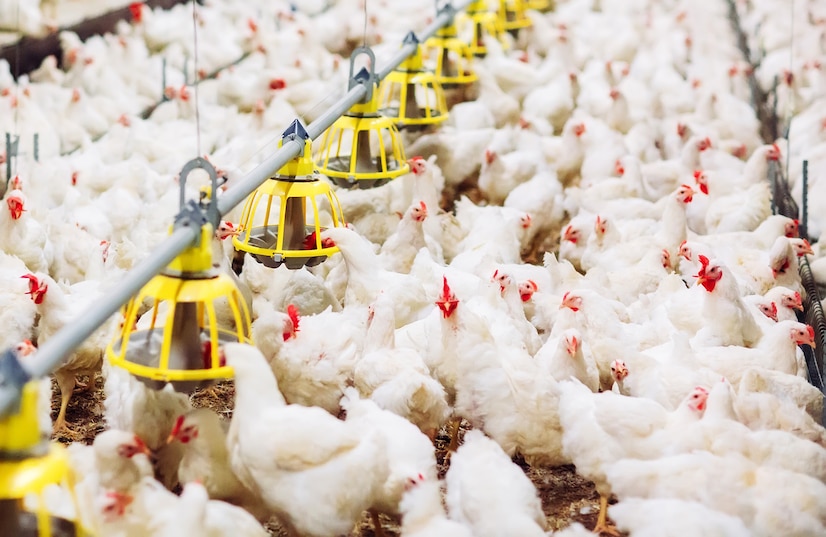Mycoplasma gallisepticum (MG) is a bacterial infection that affects chickens and other poultry species worldwide. It is one of the most common respiratory diseases in chickens and can have a significant impact on the health and productivity of your flock. Being able to recognize the signs and symptoms of MG is crucial for early detection and appropriate management. In this article, we will discuss the common signs that your chickens may have Mycoplasma gallisepticum.
- Respiratory Symptoms: MG primarily affects the respiratory system of chickens. Infected birds may exhibit various respiratory symptoms, including coughing, sneezing, wheezing, and nasal discharge. The nasal discharge may be watery or thick and may range in color from clear to yellow or green. Monitor your chickens closely for any abnormal respiratory sounds or discharge.
- Swollen Sinuses and Eyes: One characteristic sign of MG is the presence of swollen sinuses and eyes in infected chickens. The sinuses, located near the eyes and behind the beak, may become inflamed and swollen. The eyes may appear watery, red, or have a discharge. Inspect your chickens’ sinuses and eyes for any signs of swelling or inflammation.
- Conjunctivitis: MG can cause conjunctivitis, an inflammation of the conjunctiva, which is the thin, clear membrane that covers the inner surface of the eyelids and the white part of the eyes. Infected chickens may have red, swollen, and irritated eyes. They may also exhibit excessive blinking or squinting due to discomfort.
- Reduced Egg Production: MG can have an impact on egg production in infected hens. Affected birds may lay fewer eggs or produce eggs with thin shells, abnormal shapes, or reduced quality. If you notice a significant decline in egg production or observe eggs with unusual characteristics, it could be a sign of MG.
- Lethargy and Depression: Infected chickens often appear lethargic, depressed, and less active than usual. They may exhibit a lack of energy, reduced appetite, and a reluctance to engage in normal behaviors. Chickens affected by MG may isolate themselves from the flock and prefer to rest rather than interact with others.
- Weight Loss: Mycoplasma gallisepticum can cause weight loss in infected chickens. They may appear thin or emaciated despite regular feeding. Monitor your chickens’ body condition and note any significant changes in weight or overall appearance.
- Flock-wide Infection: MG is highly contagious, and once it enters a flock, it can spread rapidly. If multiple chickens within your flock exhibit similar respiratory symptoms or other signs of MG, it may indicate a widespread infection. Pay attention to the prevalence of symptoms among your chickens and consider conducting appropriate diagnostic tests.
If you suspect Mycoplasma gallisepticum in your flock or observe any of the signs mentioned above, it is crucial to seek veterinary assistance or consult with poultry health experts for accurate diagnosis and appropriate treatment options.
Prevention and control are key in managing MG. Implementing strict biosecurity measures, practicing proper hygiene, quarantining new birds before introducing them to the flock, and maintaining a healthy and stress-free environment can help reduce the risk of infection and the spread of the disease within your poultry farm.
By closely monitoring your chickens, implementing preventive measures, and seeking professional advice when needed, you can minimize the impact of Mycoplasma gallisepticum on your flock and maintain a healthy and productive chicken population in South Africa.
Join 'Farmers Mag' WhatsApp Channel
Get the latest Farming news and tips delivered straight to your WhatsApp
CLICK HERE TO JOIN






